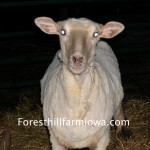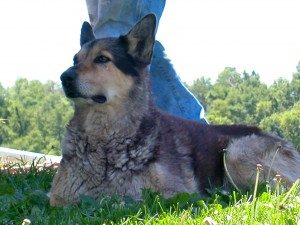The Killdeer nests are spread out at the side of our drive, warning cries, from the mother birds, follow us as we walk. She drags her wing on the ground and feigns injury, when it becomes clear that we’re not paying attention, she fixes her wing again. Continuing her shrill cry of warning; ‘Kill-Dee, Kill-Dee, stay away from my chicks!’ A little further down the lane another killdeer simply cries, “Kill-Dee, stay back, I have a nest here!” A nesting killdeer doesn’t present the broken wing lure, she just screeches her warning (once her eggs hatch she'll use the broken wing ploy, too). Killdeer eggs are so well camouflaged it’s difficult to find them. Once you’ve seen the adult killdeer though, curiosity has you walking slowly, scanning the area for the indented patch of rock on the gravel drive. The nest has four speckled eggs resembling the surrounding rocks. When killdeer hatch they start running, immediately. The young take cover in tall grass and brush. The only identifier to their presence is to witness the antics of the parents.

Our small wind break pines are hosting small, nesting birds; especially finch. They’re hardly noticeable, but when I take care of the turkeys the small birds fly out from the branches. With a long series of chirps they let me know I’m not welcome. This is a fragile time of year for both young birds and new crops. The plants needs rain, the young birds need dry warmth. Severe weather or heavy downpours leave the remains of nests scattered across the yard. It's a delicate balance that we witness daily on our farm. We've rescued a few fledgling birds with moderate success, others we've had to let go.
Another visitor, who just arrived this morning, is an Ornate Box Turtle. As Keith was driving down highway 13 he stopped to rescue a turtle from the road. Garrett identified it, and discovered it’s Iowa’s only completely terrestrial turtle. It’s a threatened species so our local DNR office will be relocating it.

Sometimes our small grass farm feels like an oasis surrounded by expanding crop fields with bulldozed trees, genetically enhanced crops, and diminishing habitats. All for a few more acres of corn or beans, Why?
At the risk of sounding like a Master Card ad, here I go;
Finding a nesting bird with her beautiful blue eggs, and rescuing a threatened turtle ...priceless.
Creating an oasis for wildlife, plants, and insects ...priceless.
For all types other farming, there’s... (feel free to insert the name of a chemical or crop giant here).


























